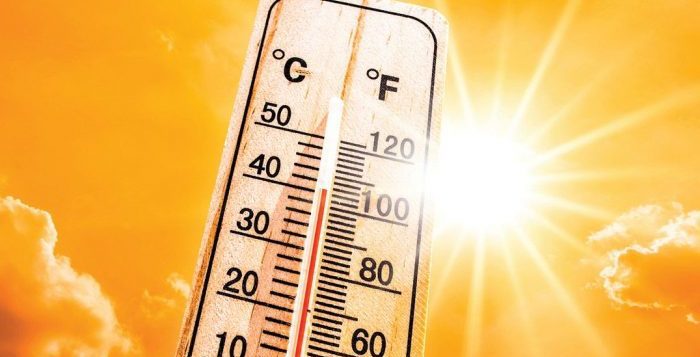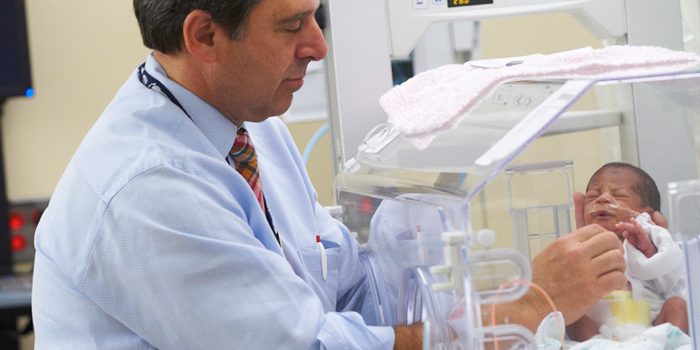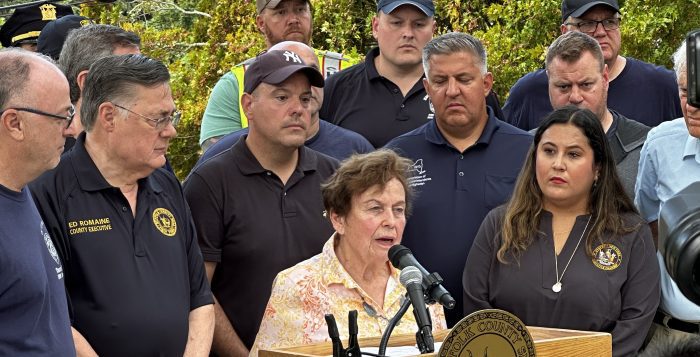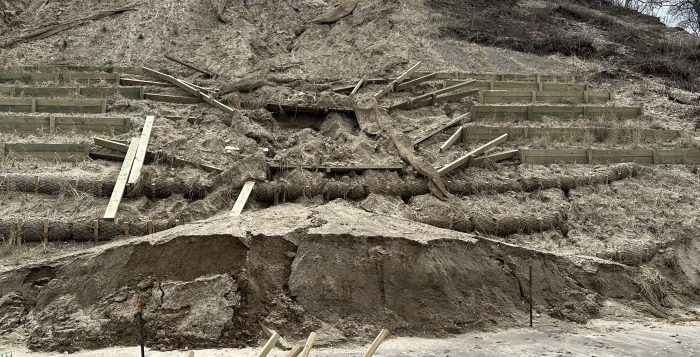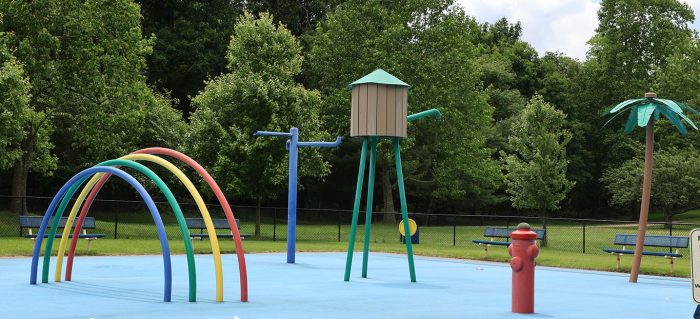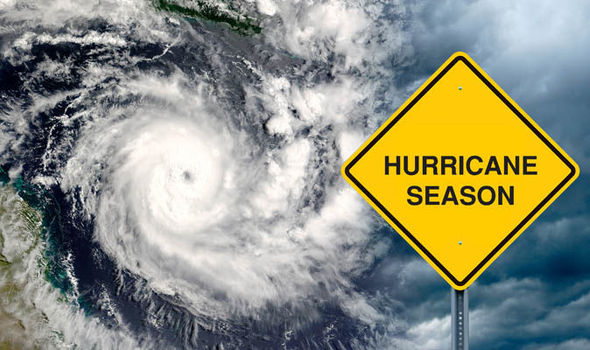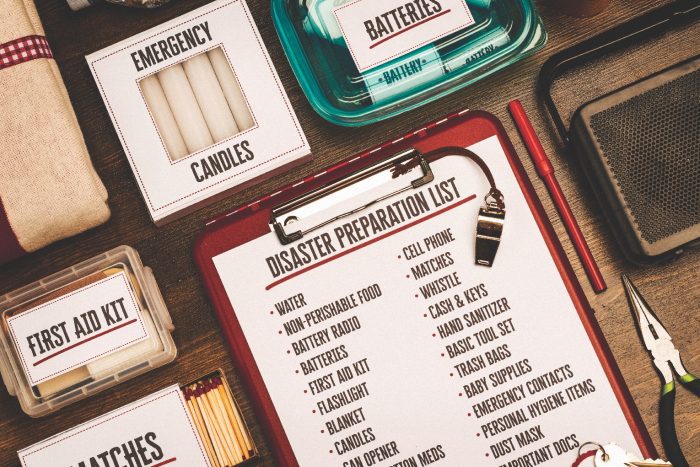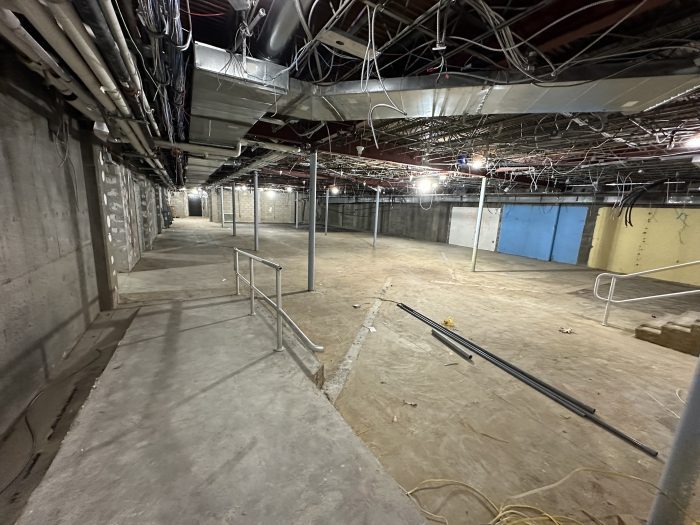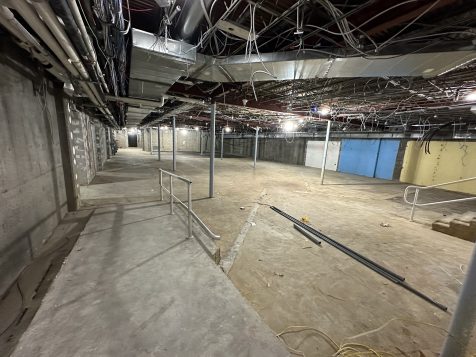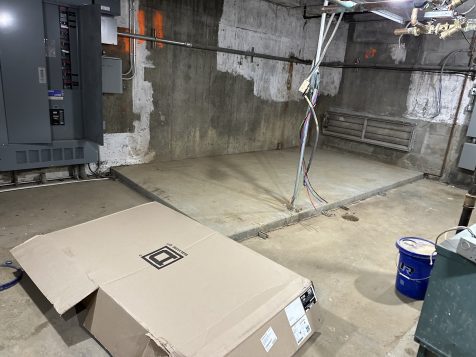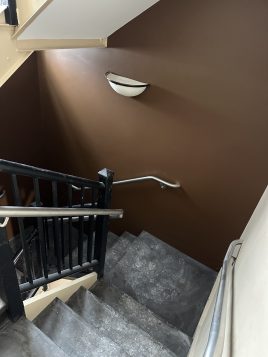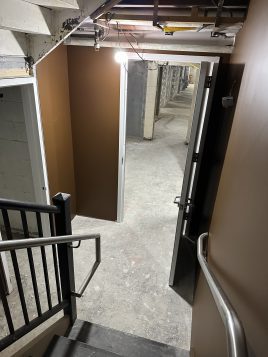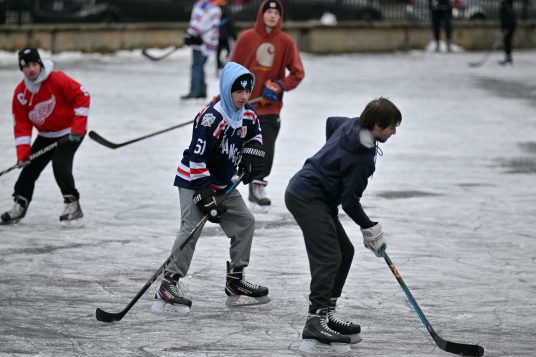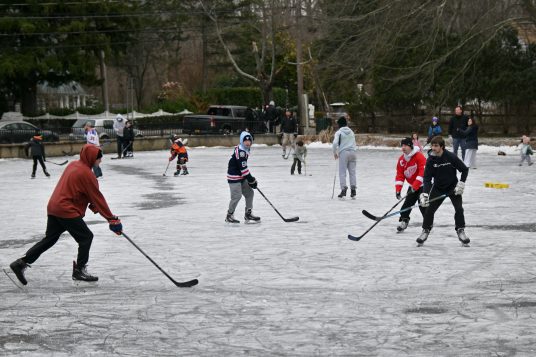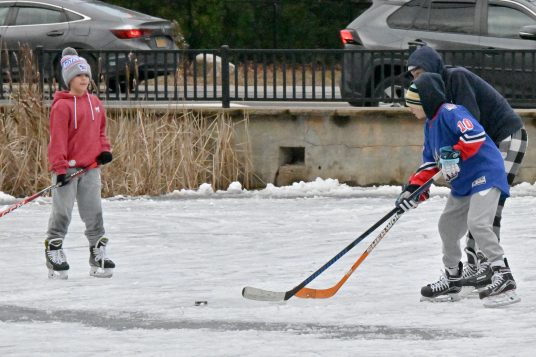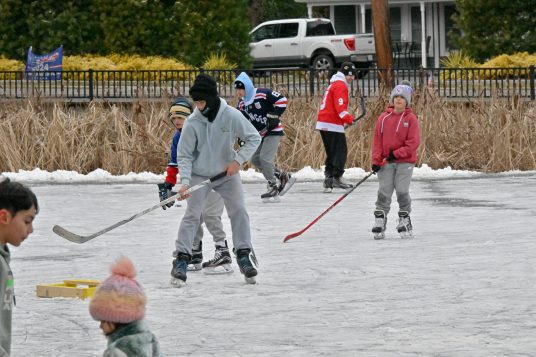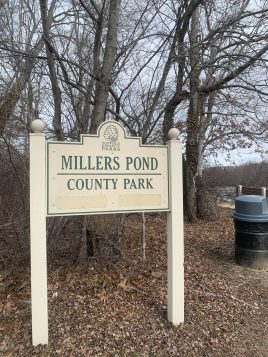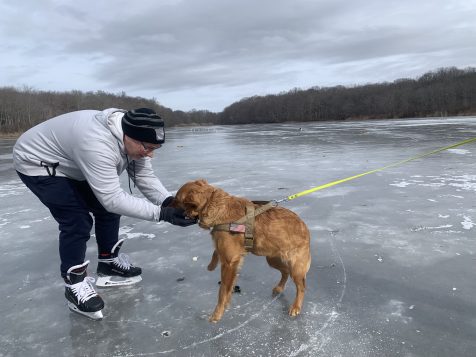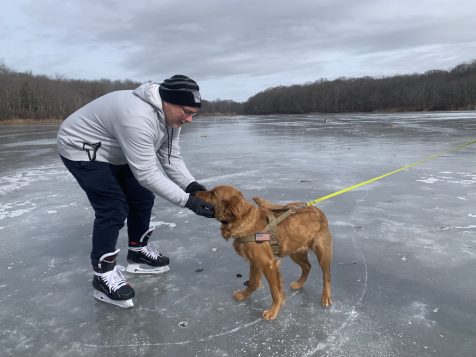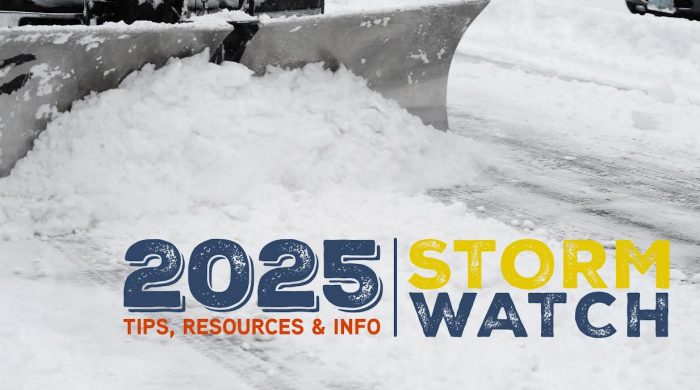By Lynn Hallarman
Governor Hochul declared a state of emergency in 32 counties, including Suffolk County on June 22. Local temperatures on Tuesday, June 24, are forecast to reach a high of 95 degrees with a heat index—how the heat feels—as high as 105. Hochul urged New Yorkers to “stay vigilant and safe” as extreme heat blankets the area.
When temperature and humidity soar, the result is not just discomfort— it can be life-threatening, especially for older adults and those with chronic health conditions.
What is extreme heat?
Extreme heat causes more deaths than all other weather-related hazards, including hurricanes, major floods and winter storms, according to the National Weather Service.
The heat index measures how the body perceives extreme heat. Rising humidity combined with temperature makes it feel far hotter than a thermometer alone suggests. Heat Islands—or environments with a high concentration of cement—trap heat and intensify the danger.
Signs of Heat Stress
Heat cramps are often the first sign of heat-related illness and can be accompanied by weakness, fatigue, headache, nausea and fainting.
Heatstroke or hyperthermia is a life-threatening complication of heat stress that occurs when your body temperature rises to 104 degrees Fahrenheit or higher, along with symptoms such as confusion, hot, dry skin, hallucinations, headache or nausea. At this point, the body’s ability to regulate temperature breaks down, resulting in deadly spikes in core temperature.
Heatstroke is a medical emergency. Call 911 immediately. Move the person to a cool environment and apply cool cloths. Do not give fluids, according to medical advice from the National Weather Service.
Who is most at risk?
Older adults are among the most impacted by extreme heat, as their ability to adapt to sudden heat declines. Additionally, symptoms of heatstroke can be subtle and easily missed in frail older adults; in fact, some older adults may not recognize they’re overheating. In this population, symptoms can be vague, sometimes appearing only as confusion or slurred speech. Untreated heatstroke can lead to death, especially in the older adult population, even in times when there isn’t an official heat wave declaration.
Adults over the age of 65 make up the largest group of emergency room visits related to extreme heat events. People with chronic health conditions are also at greater risk of death during an extreme heat. Certain medications, like some antidepressants, can worsen the effects of high temperatures. In extreme heat, deaths may also occur from heart attacks or worsened respiratory conditions such as chronic obstructive pulmonary disease (COPD) or asthma.
Dangerous misconceptions
Never rely on a fan as your main cooling source when it is very hot and humid for extended periods. Do not wait until extreme signs of heat appear, especially in older adults. Once the body’s core temperature regulation fails during heatstroke, it can be difficult or impossible to reverse.
How to prepare
Always have a plan in place for dealing with a heatwave. Most importantly, stay indoors as much as possible and drink plenty of water—do not wait until you are thirsty.
Older adults should identify a nearby cooling center or ensure at least one room in the home has an air conditioning unit. A fan is not enough. Never leave a child or pet in a hot car– even for five minutes.
To learn more about how extreme heat affects older adults, go to https://www.cdc.gov/heat-health/risk-factors/heat-and-older-adults-aged-65.html
Lynn Hallarman is a physician and the former director of palliative care at Stony Brook medicine.

